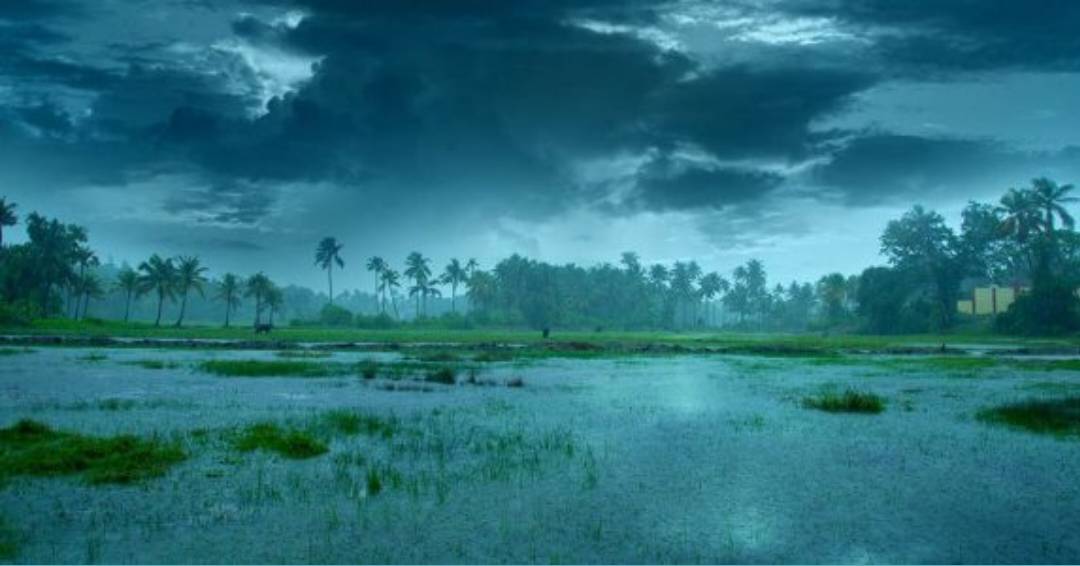
Recent reports from weather experts indicate that Wayanad, a district in India, has experienced a significant 60% deficit in rainfall for the month of June. This figure, based on data until June 27th, reveals that Wayanad received only 157 millimeters of rainfall, far below the long-term average of 465 millimeters during the same period in previous years.
Experts at the Regional Agriculture Research Station (RARS) in Ambalavayal suggest that this decrease in June rainfall has become a recurring trend since 2018, following a devastating deluge that hit the state. They believe this trend could be an indicator of climate change. Last year, the district also faced a rainfall deficit, receiving only 204 millimeters during the same period.
Shajeesh Jan P, an assistant professor at the Department of Agricultural Meteorology, RARS, expressed concern over the impact of reduced rainfall on agriculture. He mentioned that the decline has already affected the pollination of pepper and preparations for paddy cultivation. Shajeesh noted the shift in rain patterns since the deluge, with Wayanad receiving less rain than the historical average in June. However, he warned that the overall average rainfall might still be normal, as heavy showers typically expected in June tend to shift to July and August. This shift could potentially result in further crop losses.
Shajeesh also highlighted that the district experienced abundant summer rains this year, surpassing the normal long-term average by 25%. In July and August of last year, Wayanad saw a substantial increase in rainfall, with a 65% rise in July (810 mm) and a 62% increase in August (573 mm). In comparison, the rainfall in the same period in 2021 was 310 mm for July and 910 mm for August.
Dr. P Rajendran, a renowned scientist and former director of RARS, expressed concern about the changing rain patterns, particularly in Wayanad, where agriculture is a vital livelihood. He emphasized the need for farmers to adapt their techniques and find new ways to increase production that align with the evolving rain patterns. Dr. Rajendran specifically mentioned the impact on pepper vines, which require regular rainfall in June when the plants begin to bloom with the onset of the monsoon.
The lack of rainfall has significantly slowed down the sowing season, potentially leading to delays in the harvest season, according to experts. Farmers have also noted an alarming trend in the rain data from the border regions of Karnataka, with Chettimattam near Pulppalli, close to the Karnataka border, receiving a mere 19 millimeters of rain this year.
Farmers have expressed concerns in the past about the encroachment of the Deccan plateau into the Nilgiri Biosphere, which may necessitate a shift to new crops suitable for the plateau’s climate. As Wayanad’s agricultural activities continue to be impacted by changing rain patterns, the farming community faces the challenge of adapting to these shifts in order to sustain production.

Post Your Comments